NASA Astronomy Picture of the Day 20 January 2023: Huge galaxies locked in gravity battle
NASA’s Astronomy Picture of the Day is a breathtaking snapshot of two dominant galaxies locked in gravitational combat.
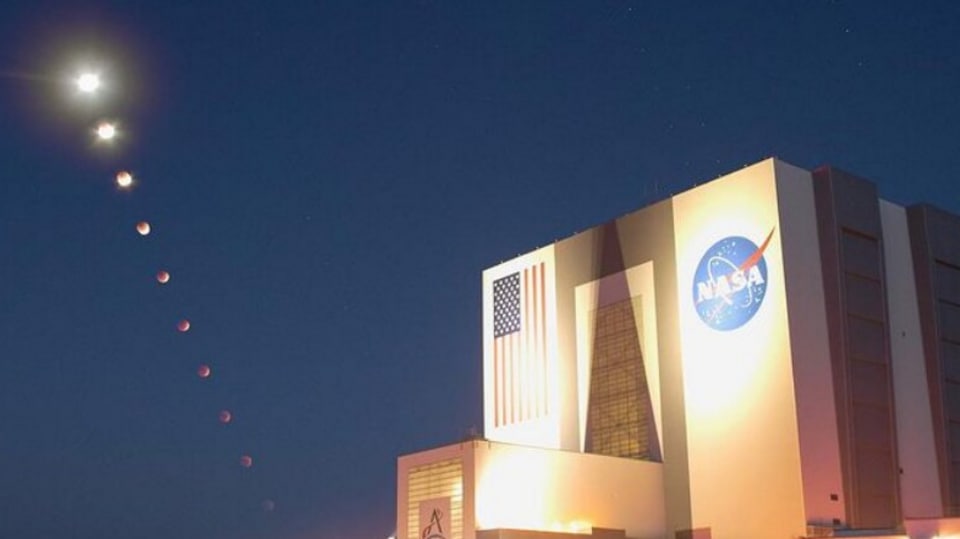
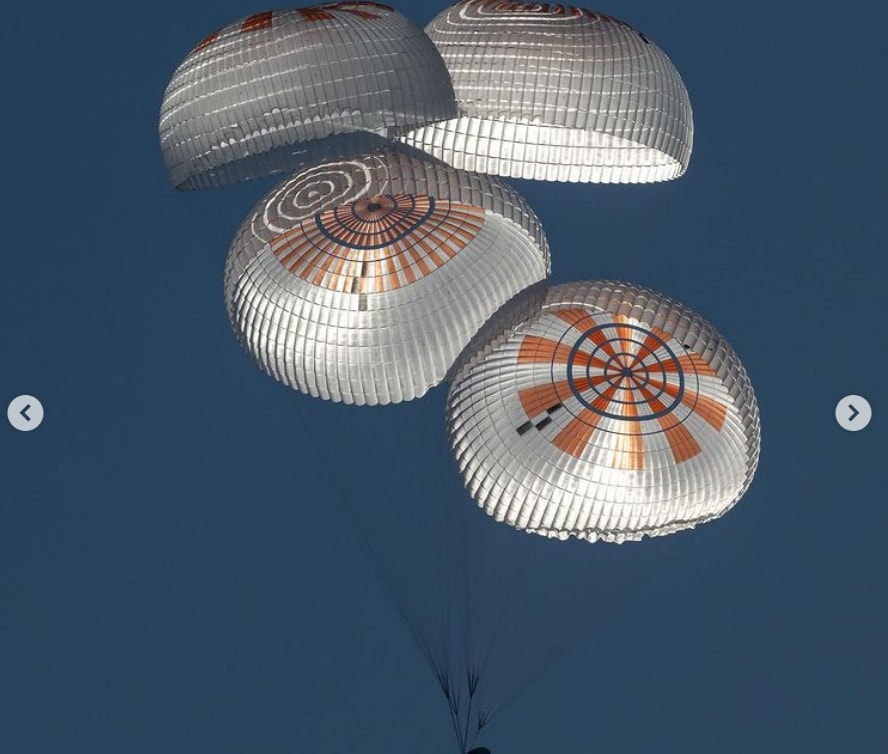
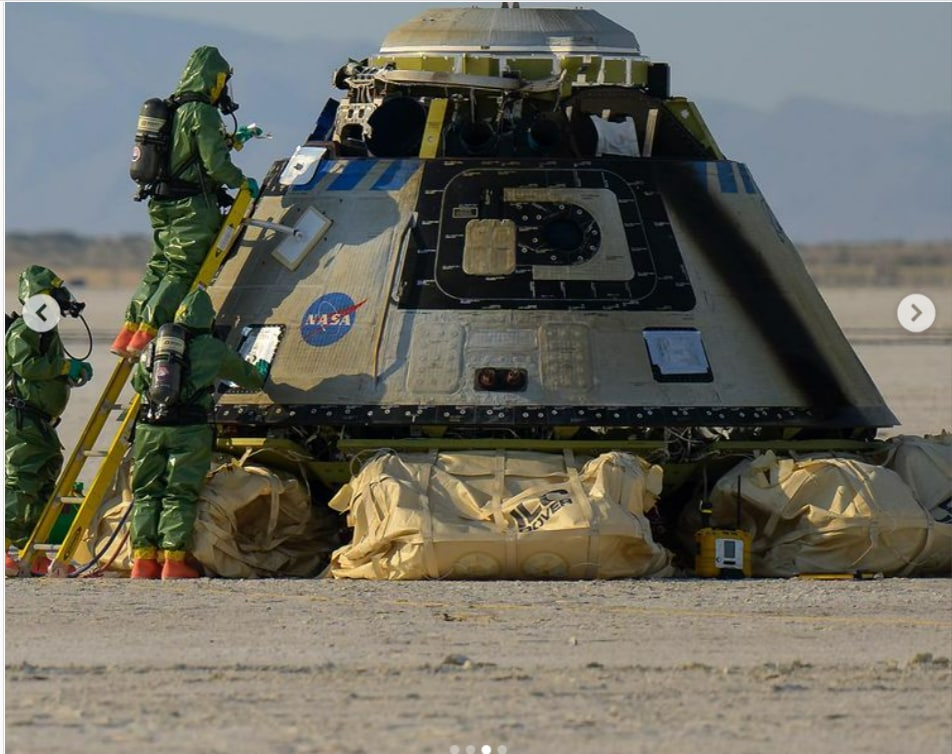
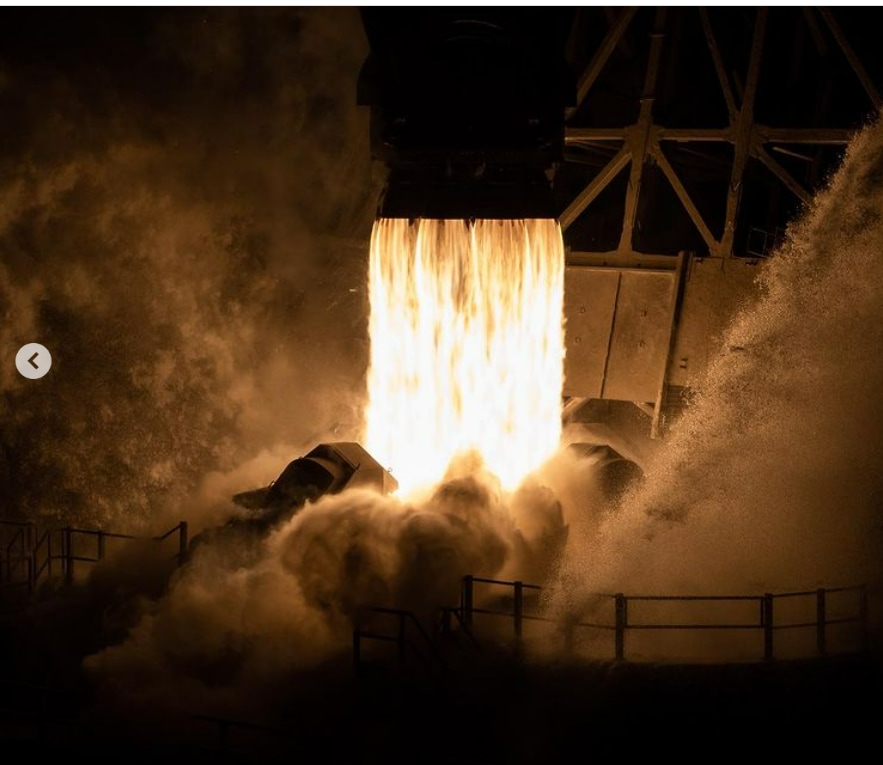

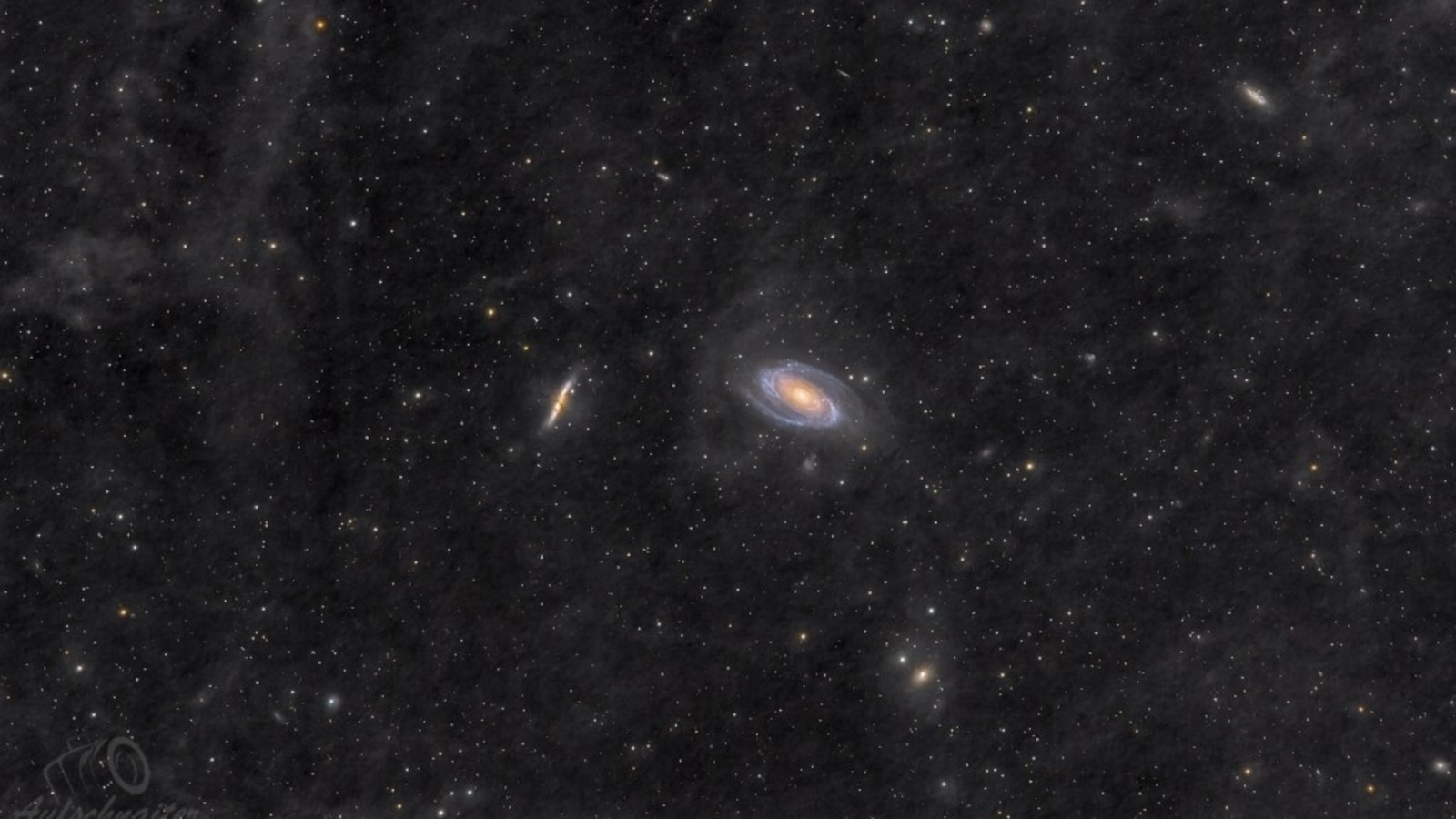
 View all Images
View all ImagesA galaxy is a huge collection of gas, dust, and billions of stars and their solar systems, according to NASA. A galaxy is held together by gravity. They come in a variety of sizes, from small dwarf galaxies with only a few billion stars to giant elliptical galaxies with trillions of stars. Although most galaxies have elliptical shapes, a few have unusual shapes like toothpicks or rings.
NASA's Astronomy Picture of the Day is a breathtaking image of two dominant galaxies which have been locked in gravitational combat for years, located nearly 12 million light-years away in the northern constellation of the Great Bear. One of them is a spiral galaxy named M81 with spiral arms and a bright yellow core. It is known as Bode's Galaxy and spans nearly 100,000 light-years. The other is a cigar-shaped galaxy called M82.
This breathtaking picture was captured by Andreas Aufschnaiter, a postdoctoral researcher with a hobby of capturing nature in all its beauty. It was captured under dark night skies in the Austrian Alps.
NASA's explanation
The two dominant galaxies near center are far, far away, 12 million light-years distant toward the northern constellation of the Great Bear. On the right, with grand spiral arms and bright yellow core is spiral galaxy M81. Also known as Bode's galaxy, M81 spans some 100,000 light-years. On the left is cigar-shaped irregular galaxy M82. The pair have been locked in gravitational combat for a billion years. Gravity from each galaxy has profoundly affected the other during a series of cosmic close encounters. Their last go-round lasted about 100 million years and likely raised density waves rippling around M81, resulting in the richness of M81's spiral arms. M82 was left with violent star forming regions and colliding gas clouds so energetic that the galaxy glows in X-rays. In the next few billion years, their continuing gravitational encounters will result in a merger, and a single galaxy will remain.
This extragalactic scenario also includes other members of the interacting M81 galaxy group with NGC 3077 below and right of the large spiral, and NGC 2976 at upper right in the frame. Captured under dark night skies in the Austrian Alps, the foreground of the wide-field image is filled with integrated flux nebulae. Those faint, dusty interstellar clouds reflect starlight above the plane of our own Milky Way galaxy.
Catch all the Latest Tech News, Mobile News, Laptop News, Gaming news, Wearables News , How To News, also keep up with us on Whatsapp channel,Twitter, Facebook, Google News, and Instagram. For our latest videos, subscribe to our YouTube channel.




























